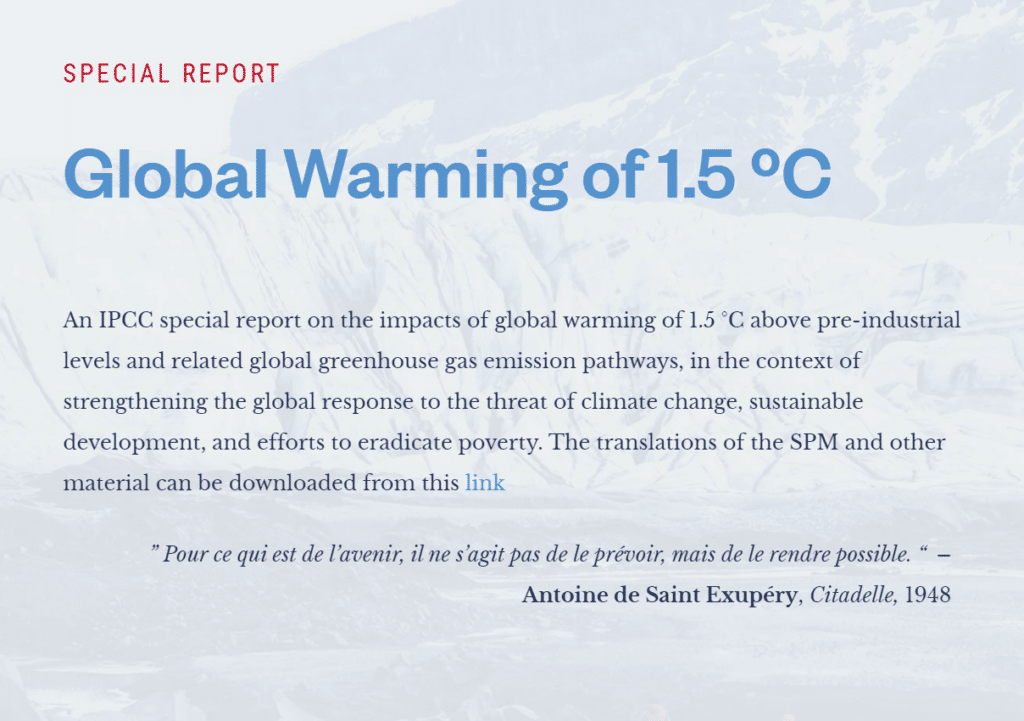
“Limiting global mean temperature increase at any level requires global CO2 emissions to become net zero at some point in the future. At the same time, limiting the residual warming of short-lived non-CO2 emissions can be achieved by reducing their annual emissions as much as possible.
“To stabilize global temperature at any level, ‘net’ CO2 emissions would need to be reduced to zero. This means the amount of CO2 entering the atmosphere must equal the amount that is removed. Achieving a balance between CO2 ‘sources’ and ‘sinks’ is often referred to as ‘net zero’ emissions or ‘carbon neutrality’. The implication of net zero emissions is that the concentration of CO2 in the atmosphere would slowly decline over time until a new equilibrium is reached, as CO2 emissions from human activity are redistributed and taken up by the oceans and the land biosphere. This would lead to a near-constant global temperature over many centuries.
“Limiting warming to 1.5°C implies reaching net zero CO2 emissions globally around 2050 and concurrent deep reductions in emissions of non-CO2 forcers, particularly methane (high confidence).”
Citation: Rogelj, Joeri, Drew Shindell, Kejun Jiang, Solomone Fifita, Piers Forster, Veronika Ginzburg, Collins Handa et al. “Mitigation pathways compatible with 1.5 C in the context of sustainable development.” In Global warming of 1.5 C, pp. 93-174. Intergovernmental Panel on Climate Change, 2018.
Schedule a call with us to receive a free demo of the Net-Zero Portal and learn how we can support your organization’s net-zero goals.
Website by SeriousOtters